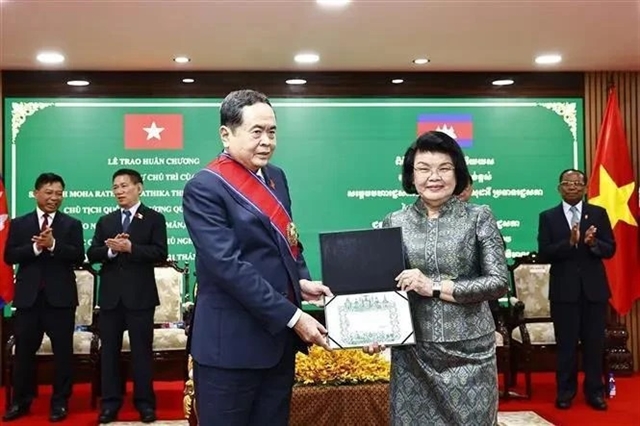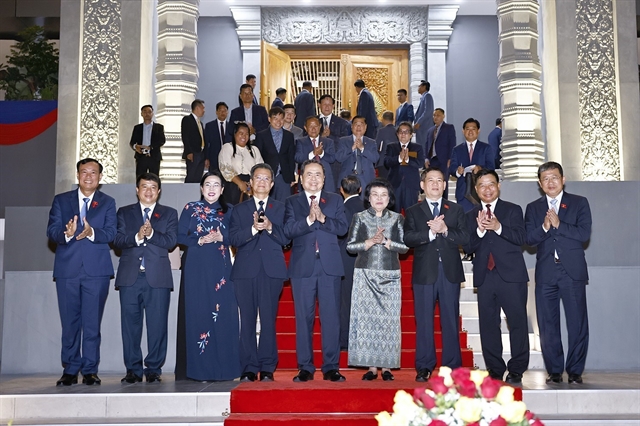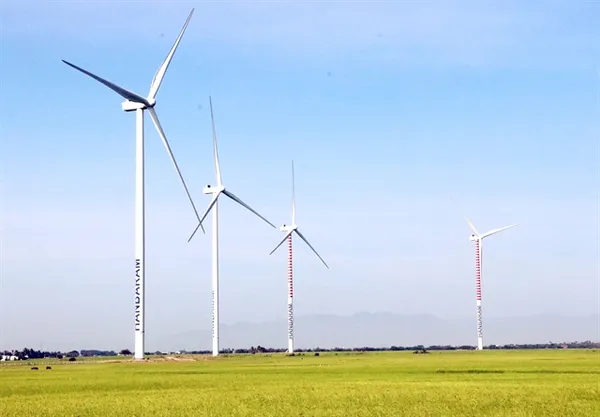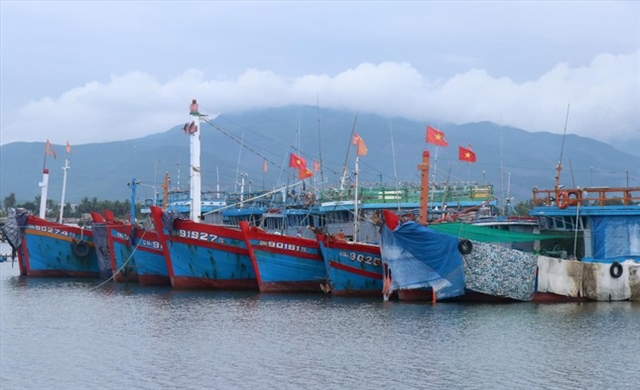 Economy
Economy
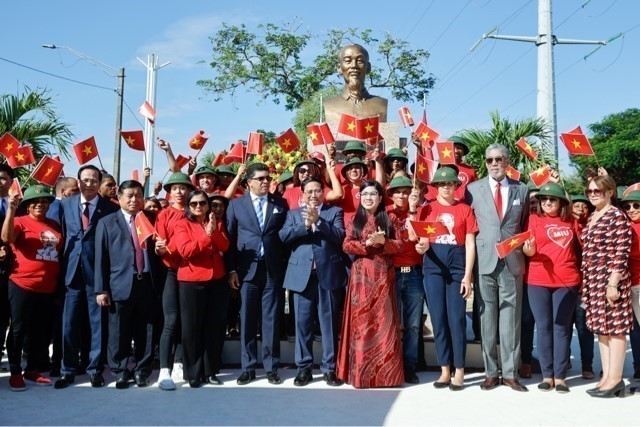
Siemens has identified
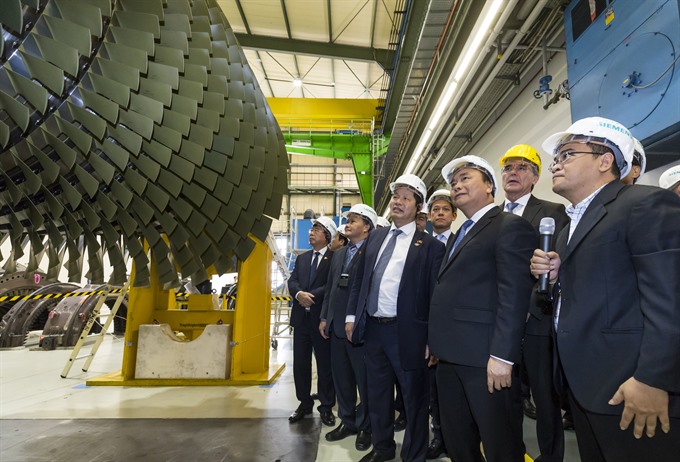 |
| Prime Minister Nguyễn Xuân Phúc (third right) looks at an F- class turbine - the engine has been selected for Việt Nam’s Nhơn Trạch 2 power plant in Đồng Nai Province. He was on a visit to Siemens’ turbine plant in Berlin in July 2017. — Photo Siemens |
Hai Van
HÀ NỘI — Siemens has identified
Thomas Hagedorn, head of sales for the Asia and Pacific region of the Siemens power and gas division, said Siemens’s latest HL-class turbines would be the right solution for many countries in
Introduced to the market last September, the HL-class gas turbines combine a series of new but tested technologies to enhance the efficiency of combined cycle gas turbines (CCGT) to beyond 63 per cent.
With a mid-term goal to reach CCGT efficiency of 65 per cent, Siemens may surpass its arch rival GE, which announced in March this year its most efficient combined cycle gas turbine (CCGT) achieved an efficiency rate of slightly more than 63 per cent at the Chubu Electric Nishi- Nagoya power plant Block-1.
Thanks to cutting-edge digitalization and innovative technologies, it took Siemens just over a year to increase the CCGT efficiency to beyond 63 per cent from 61.5 percent – a world record it achieved in 2016 with Fortuna CCGT plant at utility firm Stadtwerke Dusseldorf.
Previously the company needed 10 years form 2000 to 2010 to increase the efficiency from 58 to 60 per cent and a further six years to reach 61.5 per cent in 2016.
A CCGT power plant with an efficiency level of 61.5 per cent saves approximately 2.5 million tonnes of carbon dioxide (CO2) annually, equivalent to the amount of CO2 emitted by 1.25 million passenger cars, each driving 15,000 km a year.
Hagedorn expressed his confidence that no rivals from
Siemens’s new HL-class turbine, developed from the previous SGT-8000H technology, boasts evolutionary 3D blading for higher aero-efficiency, an advanced combustion system for higher firing temperatures and more operational flexibility.
According to Kolja Schwarz, head of HL-class portfolio management, the HL-class is equipped with multi-layer coating for better blade robustness and less cooling air consumption and optimized sealings for minimum air leakage and cooling.
The most innovative feature of the HL-class is that it is equipped with the latest instrumental & control (I& C) systems, data connectivity and digital asset description, Schwarz said.
“HL-class turbines have proven data connectivity and data analytics integrated with MindSphere, the cloud based operating system for the Internet of Things,” he added.
Therefore, real-time data analytics, plant conditions and live performance monitoring are all enabled, he explained.
Siemens is looking to offer this masterwork to
HL-class is not the only solution the company has to offer
For Việt
Following the success of F-class turbines at Nhơn Trạch 2 power plant, Siemens wants to supply turbines for Việt
The construction of these two gas turbine power plants with a total capacity of 1,500 MW and an estimated investment of VNĐ33.3 trillion (US$1.5 billion) was approved in September 2017 by the Ministry of Industry and Trade. They are set to be operational by 2020-21 in Đồng
More flexible sales strategy
Hagedorn believes that the number of Siemens power and gas projects in
This year Siemens has switched to a more diverse sales strategy as there has been demand for both large and smaller turbines, Hagedorn said.
The new move, a further step Siemens has taken following its cost and job cuts in late 2017, is expected to help secure gas and power division revenue of 18 per cent in the company’s portfolio, given the impacts of existing coal plants and the rise of renewable energy.
According to Hagedorn, larger turbines work best for utilities that want to produce electricity in the most efficient way financially while minimizing waste and maximizing output. In growing cities throughout
“But power plants with smaller turbines, say 50-70 MW, are often put in combination at industrial parks because these machines produce electricity and also produce steam which is then used for other chemical procedures so it’s overall efficiency that counts, not just electricity efficiency,” he said.
The Siemens report pointed out that customers chose smaller turbines to make up the shortfall in electricity produced by renewable energy sources due to unexpected drops in wind and sunshine.
In 2017 Siemens said it sold nine 66-megawatt gas turbines to US customers while
The growth in power consumption worldwide will continue, so power generation was expected to grow by 70 percent from 25.1thousand TWh in 2017 to 42.5 thousand TWh in 2040, according to the Bloomberg New Energy Finance, New Energy Outlook 2017. — VNS

